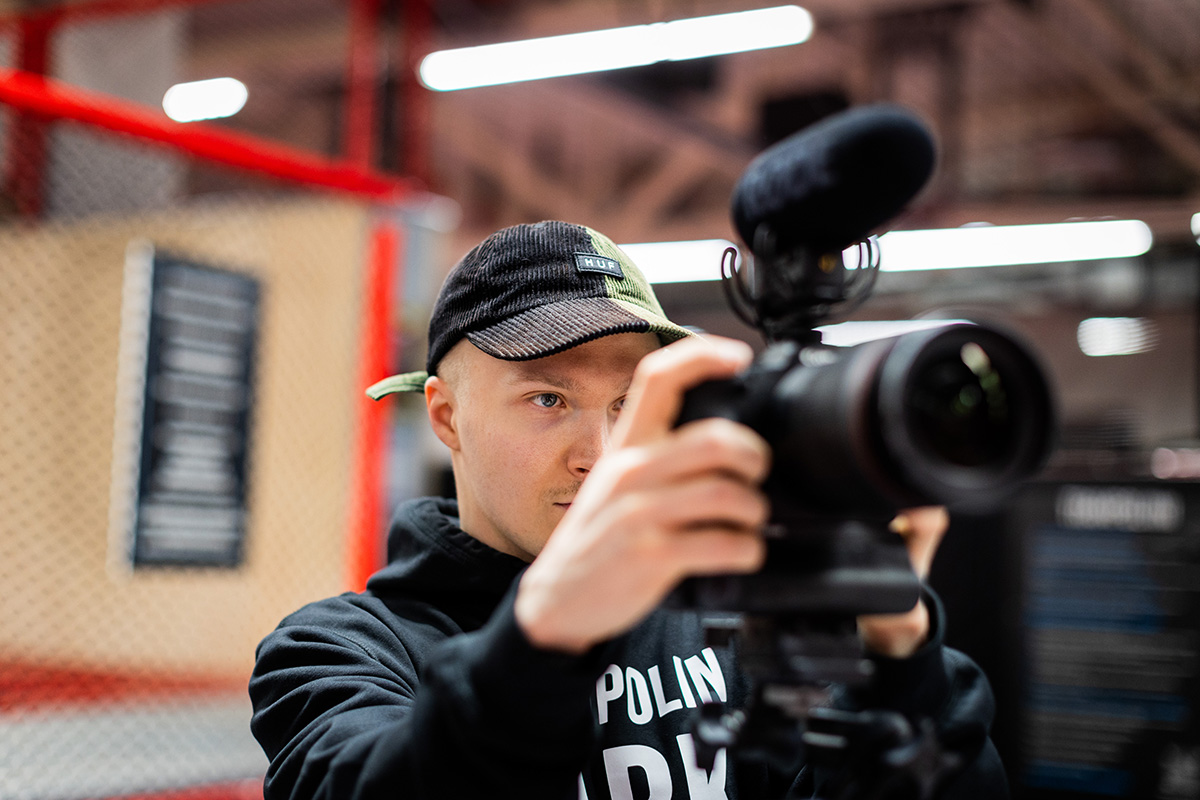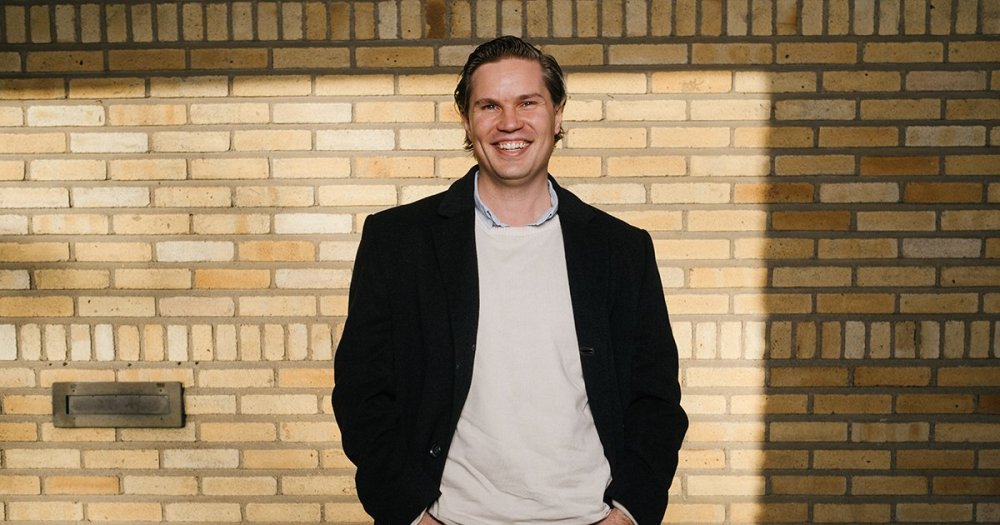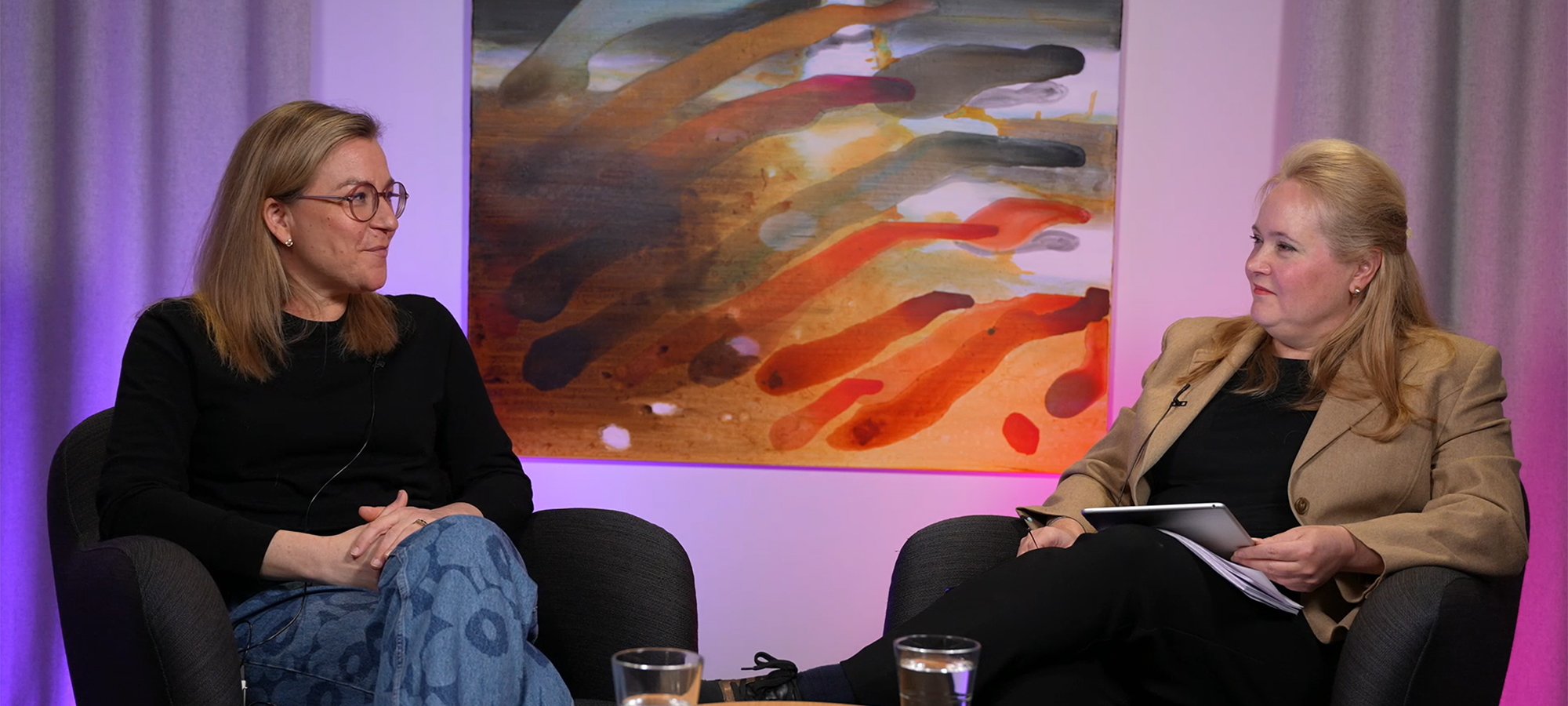Social Media Is My Office - But What Has Changed and How Should Employers Consider That?
Experts and social media professionals encourage businesses to adapt to the evolving dynamics of social media. The fight for attention is tough, and managing social media isn’t free - or necessarily good for you.
Listen to the article
Reetta Räty, 22.07.2024
|Long Forms
Who manages social media in your organization?
Is it handled by an intern, the communications team, an influencer, or a freelancer? Or do various teams and employees manage it independently?
Regardless of who manages it, it is crucial to recognize that social media has evolved significantly from its inception. The environment on social media platforms can be unpredictable, charged, and sometimes even hostile.
This observation comes from Professor Henri Weijo, a consumer culture researcher and an Associate Professor at the Aalto University Department of Marketing.
The drawbacks of social media are frequently discussed in terms of individual impact. These concerns include addiction, dopamine-driven behavior, concentration difficulties, mental health repercussions, and the rapid spread of various crazes through social media.
"Have companies fully considered what it entails to work in social media today?"
The influence of social media on politics and democracy is another widely discussed topic. Most are familiar with the basics – trolls, fake news, polarization, and the significant role of algorithms.
Weijo underscores that for those employed in managing social media, the platform itself, with all its downsides, is their workplace.
He raises a critical question:
“Have companies fully considered what it entails to work in social media today? There is significant responsibility on the employer to understand the range of situations that can arise on these platforms.”


“In the past, it was enough for a social media content to just film your day and how it goes. Now, you have to think things through much more carefully. Every other second needs to have stimulating content, and you constantly need to capture the viewer’s attention so they keep watching the next second.” - Aleksi Neuvonen Social Media and Marketing Manager, Kauppi Sports Center, Trampolin Park
Back in the day, companies recognized the need to present on social media - but didn't know how or why
Being a digital native does not necessarily equate to the desire or ability to manage social media professionally.
Weijo notes that historically, students from Aalto University often transitioned directly from the classroom to entry-level social media roles in companies.
“These positions were appealing and enjoyable as a first job, especially for those who were already engaged with social media in their daily lives. For the students, it was a win-win: they could work with something they were familiar with and enjoyed.”
From a business perspective, the approach of “come and do some social media for us” often reflected a lack of clear objectives.
Companies recognized the need to be present on social media but frequently lacked a comprehensive understanding of how or why to use it effectively, explains Weijo.
The landscape has evolved for employees, employers, and customers alike.
Traditionally, the mantra has been that "the customer is always right." But what if you're engaging with a troll?
Weijo illustrates this change with an example from customer service.
Traditionally, the mantra has been that “the customer is always right”. Companies would swiftly apologize if a customer pointed out a mistake or faulted the business.
However, the rise of social media introduces complications such as dealing with trolls. Engaging with a troll could inadvertently amplify a provocative message to a broader audience. Is it really prudent to flatter them in these scenarios, Weijo asks.
He notes that companies may need to reconsider the traditional stance and discuss whether the maxim that the customer is always right still holds on social media.
Don't leave the social media team alone
Provocative content is well-recognized within organizations, and many are familiar with the principle of don’t feed the troll, which advises against responding to comments meant to provoke.
However, Weijo asserts that the responsibility of deciding which content or messages to engage with should not fall solely on those who manage social media. It is crucial for employers to have a strong enough understanding of social media dynamics to effectively support their teams, especially when discussions escalate into conflicts or rows.
Weijo believes it is crucial to convey a clear message to social media professionals that their wellbeing is as valued as that of the customers.
"It’s essential to understand that a social media manager might find themselves in difficult situations."
“It’s essential to understand that a social media manager might find themselves in difficult situations. They need to know that mistakes are part of the job and that they will have support when errors occur. It is unacceptable to automatically blame the social media manager when there is a controversy on the platform,” he states.
Employers must recognize that working in social media can be challenging and controversial, especially for employees who represent the company using their own identity. Understanding the risks involved is crucial.


“In our social media content, spontaneity works well. We might go over safety rules in a sketch format; even informative content needs to have an entertaining angle," says Aleksi Neuvonen.
Additionally, employers should be prepared for social media storms – intense online controversies. Weijo points to a potential generational gap in handling these situations.
If you are not a social media native, you might overestimate the significance or duration of the fuss.
Most of the time, a social media storm is quickly forgotten; by the day after the uproar, another crisis is already emerging. Therefore, there is no need to panic or make rash decisions about the person managing the social media.
When a company adopts a political stance, it may provoke reactions from opponents, potentially putting the social media team on high alert.
What practical steps should employers take to ensure that social media managers feel secure in their roles?
Weijo raises a concern: “I wonder if potential crises are adequately discussed with employees. For example, are they informed about what actions to take, whom to approach for help, and who holds responsibility in such situations?’”
It is crucial to reassure employees that they will not be abandoned or blamed unfairly but will receive support to protect themselves.
When establishing guidelines, it is beneficial to use specific examples: describe a past situation, explain how it was managed, and outline how similar situations will be handled in the future.
Weijo notes that during so-called purpose branding, the likelihood of facing a smear campaign increases. When a company adopts a political stance, it may provoke reactions from opponents, potentially putting the social media team on high alert.
In such situations, the responsibility clearly falls on the employer.
"Social media is cluttered"
Social media has evolved not only in its atmosphere but also in the way we evaluate its costs and benefits.
If you hire individuals to manage your social media, one must consider whether the investment is justified. There’s a common misconception that social media is a “free” channel; however, this overlooks the fact that the professionals managing these platforms are compensated for their work.
Henri Weijo says that “social media is cluttered”. What does he mean by this?
“Previously, being active on social media was highly profitable; an intern could achieve substantial results with minimal resources. Nowadays, due to the saturation of content, it requires much more effort to gain visibility.”
Visibility is being eroded as social media feeds are crowded not only by users but also by advertisers, trolls, bots, and increasingly, AI-generated content.
The opportunity cost has risen, explains Weijo.


“People might recognize me in the store, I’m that Aleksi from Trampolin Park. If you’re doing your company’s social media with your own face, you should make sure the company aligns with your values and interests. I would create similar content myself, even if I wasn’t working here," says Aleksi Neuvonen.
In such a scenario, employing social media influencers can be advantageous. They already possess large audiences, which is essentially what they offer to their clients.
Weijo notes that the use of influencers has also become more costly. As their numbers increase, so does the competition, which can result in more overt expressions and actions.
Furthermore, influencers bear the risk that their actions could damage a company’s reputation, and conversely, companies must be cautious about whose reputation they align with. If you sell your own image, you must carefully consider to whom you are selling it.
Social media provides insights into customers' lives
Despite the challenges, social media offers significant advantages. For sole traders, it may serve as the primary and most crucial marketing channel. At its best, it fosters genuine connections with customers.
Professor Weijo points out that one of the greatest benefits of social media is its ability to provide companies with insights into their customers’ lives, revealing how they use the company’s products or services.
Weijo believes that one of the social media’s underutilized aspects is its potential for active customer engagement, rather than passive customer service. He suggests using the web to investigate how customers are actually using products, which can provide more valuable insights than simply tracking engagement metrics like the number of likes on a humorous video.
Using social media to understand consumer behavior is still in its infancy, Weijo asserts.
What Will Social Media Look Like in the Future?

Professor Henri Weijo observes that social media is an unpredictable environment, with potential radical changes looming.
To be honest, the future direction of social media remains uncertain. However, there is a clear trend towards more regulation and oversight of digital content.
In spring 2024, the EU implemented the Digital Services Act (DSA) and the Digital Markets Act (DMA). YLE, the Finnish Public Service Media Company, reports that these regulations particularly require large tech companies to operate with greater transparency and responsibility. They mandate that platform providers address harmful content and disclose their algorithmic processes.
The debate over the drawbacks of social media is also unfolding at the national level. For instance, a report by French experts released in spring 2024 recommended that children under the age of 13 should not own smartphones. Additionally, a report commissioned by President Emmanuel Macron advised that individuals under 18 should not have access to platforms like TikTok, Instagram, or Snapchat at all.
Professor Henri Weijo observes that social media is an unpredictable environment, with potential radical changes looming.
“Just a year ago, the notion of seriously discussing a TikTok ban seemed far-fetched,” he notes.
As awareness of the drawbacks of platforms and smartphones increases, the conversation is expanding.
“The threshold has clearly been reached on many levels. It’s crucial for businesses to consider what social media might look like in a few years.”
The goal isn’t to predict exactly how regulations or users’ relationships with the social media will evolve, but rather to recognize current trends and prepare for significant shifts.
This long form article was first published in the Aalto Leaders' Insight magazine's issue number 12 in June 2024. Do you want to read more similar articles? You can find all our long forms here!





















